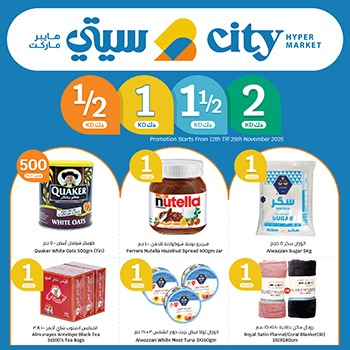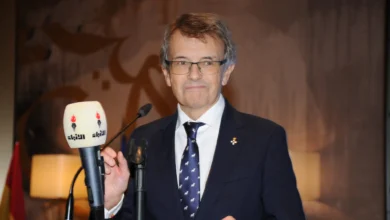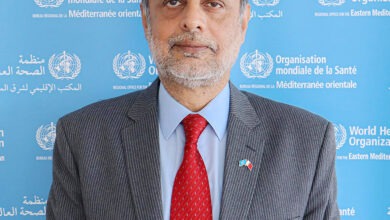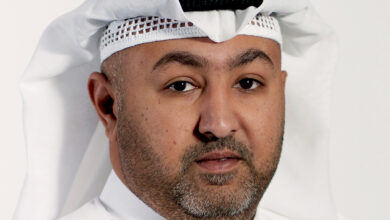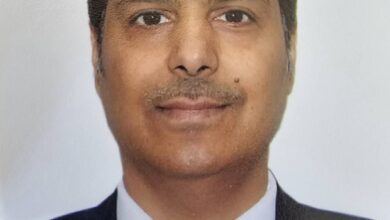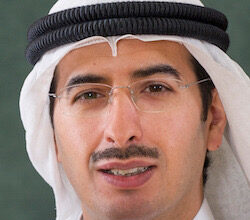A picture worth a thousand words
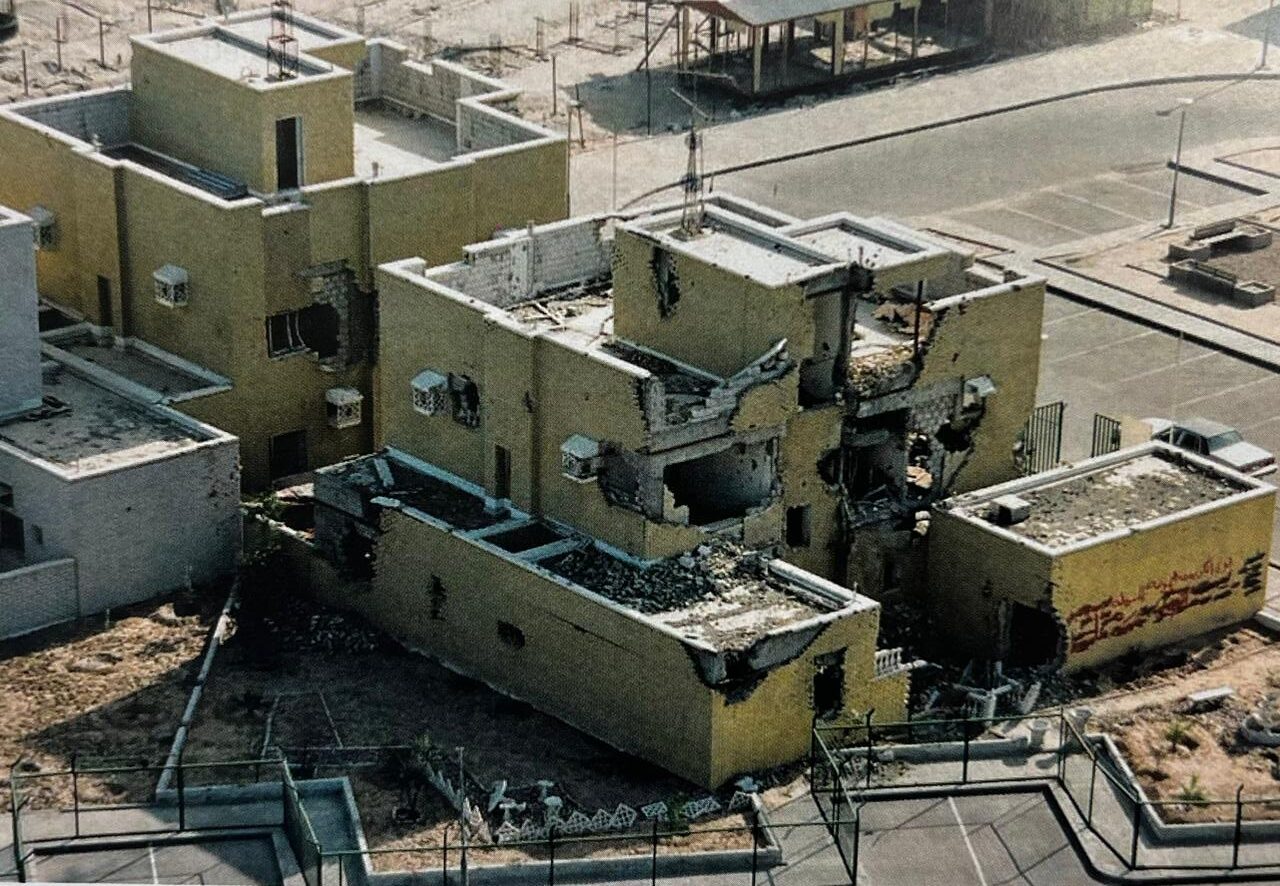
2nd August is an indelible date in Kuwait’s modern history. Furnaces of blazing oil-wells, oil-polluted land and sea, bombed and burned buildings-are just some of the images engraved in our living memory. On the 24th anniversary of the Iraqi invasion of Kuwait, The Times spoke to one man, who had to drive a supply-truck to enter the country, and spent 9 months capturing 15000 images of a starkly devastated Kuwait, through his lens.Kuwaiti businessman and photography-enthusiast, Dr. Adel Essa Al Yousifi, was one of the many Kuwaitis stranded aboard on that fateful day, and woke up to the sudden and unfortunate news in London.
And like many others, Dr. Al Yousifi suffered pangs of guilt and anxiety over the safety of his family back in Kuwait, while he waited and prayed to hear good news. As soon Kuwait was liberated, Dr. Al Yousifi decided he had to return. In March of 1991, Dr. Al Yousifi drove into Kuwait to find unimaginable destruction, broken roads, and a day darkened by hick black-smog. He recalls, that the first question he came to his mind was, ‘why?’ and to this day, le has found no justifiable answer. That same Evening, electricity was restored in the country. Armed with his camera, Dr. Al Yousifi, immediately set about taking photographs of everything that he witnesses, thus, collecting many invaluable and historic evidence of a time that is now, thankfully, bygone.
Some of these iconic photographs were printed as postcards. Dr. Al Yousifi’s love-affair with the camera began in his youth, while he was studying engineering in the United States. Back then, he wanted to give up engineering and pursue a career in photography, but his father persuaded him to do otherwise. Today, he gives credit to his visionary father, the late Mr. Essa Al Yousiti, who told him that ‘Kuwait needed engineers’, and instead, urged him to pursue photography as a hobby. After graduating in industrial engineering, he returned to Kuwait and joined the family owned business, and simultaneously, set-up a home-studio, practicing his craft by take pictures of family and friends on special occasions. As responsibilities took precedence, photography took a back seat.
His hobby, however, became hugely vital in a time of despair, when he first volunteered himself as a photographer to the ‘Free Kuwait Campaign’ activities in London. Besides the postcards, Dr. Al Yousifi has published three books: ‘The Evidence’, ‘Evidence II: A Study of the Damage to Kuwait from the Iraqi Invasion of 1990-1991’, and ‘A Testimony from London – the Free Kuwait Campaign’. He held a photo-exhibition in New York and India during the mid-nineties, and continues to loan his images, without-charge, to exhibitions and documentaries around the world. A staunch anti-war supporter, he continues to be actively involved in many social and welfare causes to this day. Here are some of the questions TTK asked Dr. Al Yousifi about his photographic-documentary and his plans for the near future:
Tell us a bit about your experience during the time you took the images.
When I returned, the process of cleaning the country was in full force, and I had to really move fast. | divided my time between rebuilding our business, and taking photographs. I had limited equipments to work with, because my house was looted, and only myself to rely on. So, I drove across the country, navigating check-points, and struggling to obtain permission to restricted and dangerous areas. Over the course of nine months, I took 15,000 images and a few videos, some of which you can view on my websites and books. And since all this was done in the pre-digital era, I had to drive to Riyadh every week, just to develop my negatives and see which photos had come out well.
Did you take pictures of the carnage and destruction with the intent of publishing them someday?
Actually, that was never my intention; otherwise, I think I would have paid more attention to technicalities. My sole purpose was a first-hand documentary to show my family and children, who were still abroad at the time, as well as, for my country, and the future generations to come. As a photographer, the visual impactwas huge on me, and so was its importance. was also very particular to capture ‘everything I saw, as I saw it’. I did not tamper with the scenes I witnessed in anyway….so, everything is you see is factual and unadulterated.
Were you ever daunted by the risk you were taking during your photographic-journey?
In hindsight, I realize I must have risked my life at times, especially when I took routes that were not recommended or safe for travelling back then, in my drive to get the shots I wanted. I usually went in after the clearing crew had left for the day, and believe me, it was a scary thing to be there alone. Fortunately, I remained unharmed.
Twenty-four years on, what is the one thing that still baffles you about the war?
I remember one day sitting for almost an hour in Al Rawdatainarea, in the North, watching the fires blazing and simply wondering to myself, ‘why?’ I still don’t have an answer to that question….at least, not one that my simple mind can comprehend. Dr. Al Yousifi has plans to re-release his book, next year, to mark the 25th anniversary of the invasion. The new book will contain some of his unpublished photographs, alongside anti-war quotes and poems that reflect his own belief on the subject. “I am against all kinds of war, and violence,” Dr. Al Yousifi said, as we wrapped up our interview. His parting remark to me was: “In a war, no one’s a winner.”





